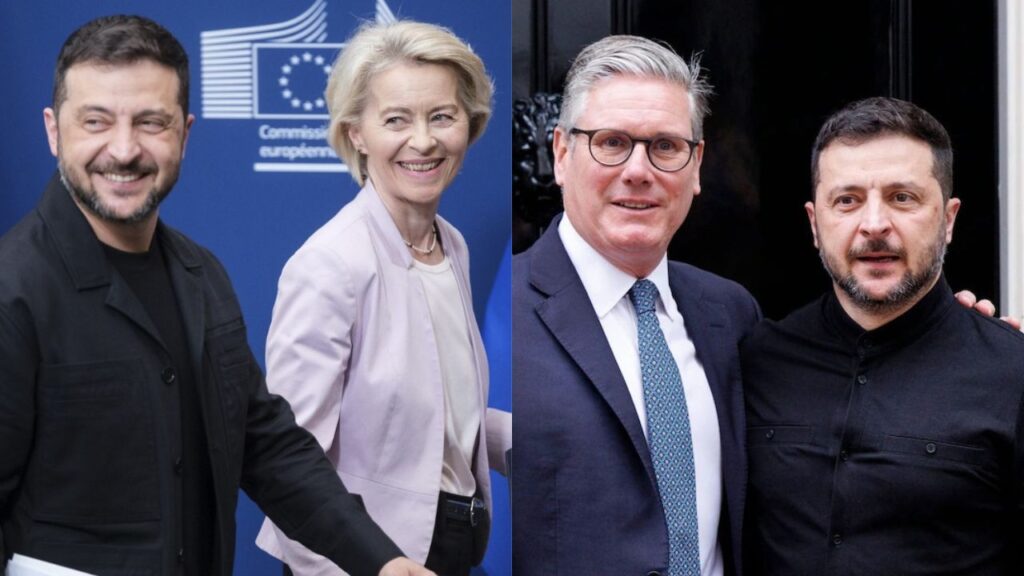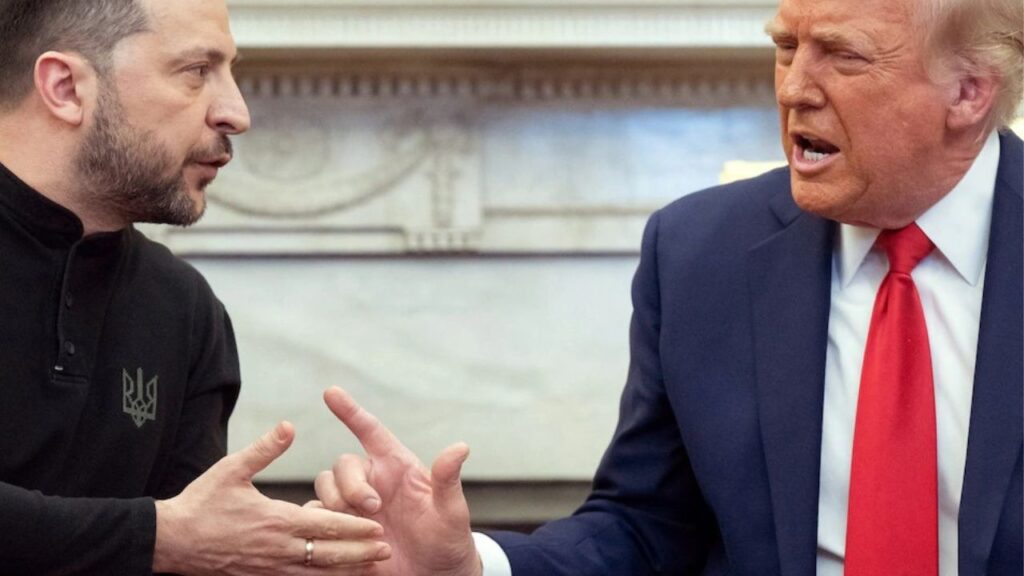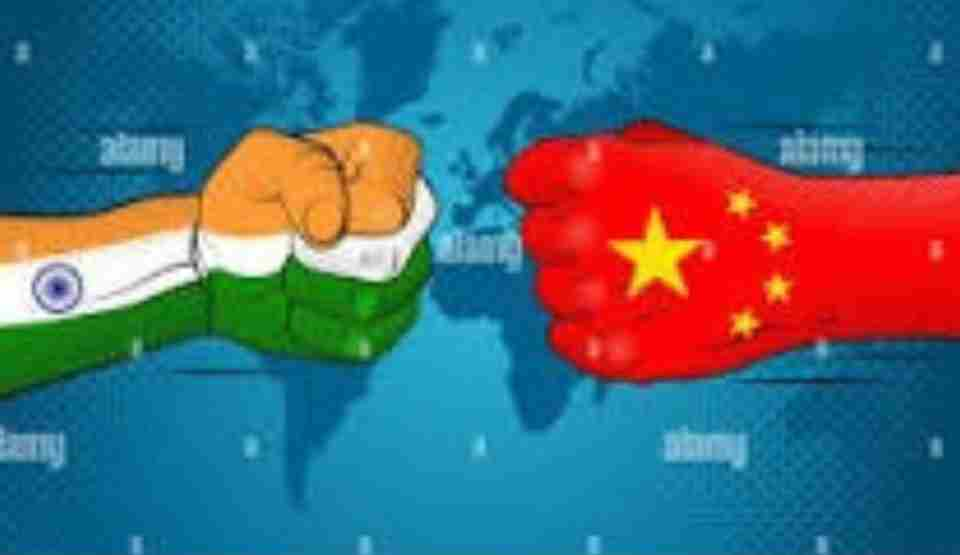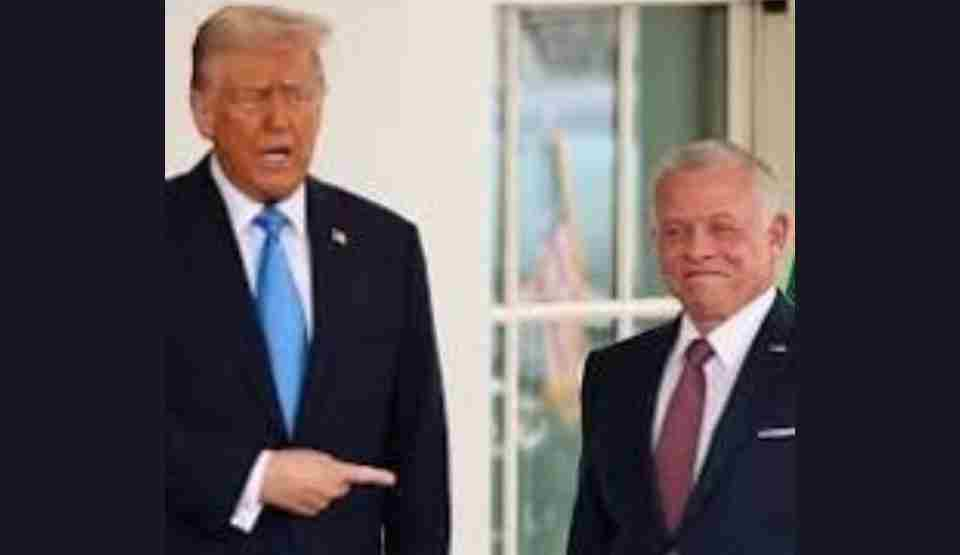European leaders are orchestrating an unprecedented display of diplomatic solidarity by accompanying Ukrainian President Volodymyr Zelensky to Washington on Monday, determined to prevent a repeat of his contentious February encounter with President Donald Trump that left Ukraine’s position severely weakened
Memories of a Diplomatic Disaster
The upcoming White House meeting carries heavy significance following Zelensky’s disastrous February visit, when he was subjected to a hostile reception from Trump, denied lunch, and ejected from the West Wing ahead of schedule. The confrontation reached its nadir when Trump bluntly told the Ukrainian leader, “You don’t have the cards.”
For Ukraine’s European allies, that scene represented their worst fears about American abandonment of Kyiv’s cause. The incident delivered a devastating blow to their hopes of sustained assistance for the war-torn country, which many consider impossible without American support.
European Coalition Forms Protective Shield
Since February, key European leaders including British Prime Minister Sir Keir Starmer, French President Emmanuel Macron, and NATO Secretary-General Mark Rutte have effectively served as diplomatic coaches, guiding Zelensky through each Trump encounter. Their approach reflects deep anxiety about potential American withdrawal from Ukrainian support.
Recognizing the extraordinary stakes of Monday’s meeting, these leaders abandoned their August holiday plans to participate directly. The European delegation includes Macron, German Chancellor Friedrich Merz, European Commission President Ursula von der Leyen, Finnish President Alexander Stubb, and Italian Prime Minister Giorgia Meloni—representing a remarkable show of continental unity.
Strategic Preparation and Diplomatic Coordination
British officials, led by Prime Minister Starmer and Foreign Secretary David Lammy, have spent weeks counseling against confrontational approaches that might provoke irreversible reactions from Trump. Their strategy emphasizes avoiding public disputes that could permanently damage Ukraine-U.S. relations.
Rutte has adopted what observers describe as a “love-bombing” approach, recently calling Trump “daddy” and consistently praising the American president in hopes of maintaining NATO and Ukrainian support. Each European leader has developed individual tactics for managing Trump’s volatile temperament.

The Putin Peace Plan Challenge
The European intervention became more urgent following Trump’s apparent endorsement of a Russian peace proposal that would require Ukraine to surrender the entire Donetsk region to Moscow. This plan directly contradicts fundamental Ukrainian and European red lines regarding territorial integrity.
Trump has also signaled abandoning the concept of an unconditional ceasefire leading to negotiations, instead favoring immediate transition to a comprehensive peace settlement. These positions represent fundamental challenges to Ukrainian sovereignty that Zelensky cannot accept without risking domestic political collapse.
Diplomatic Strategy and Message Coordination
European officials recognized that direct Ukrainian rejection of Trump’s position would likely derail peace efforts entirely. Instead, they developed a coordinated strategy whereby European leaders would deliver objections to American proposals, allowing Zelensky to avoid direct confrontation while maintaining Ukrainian positions.
The phased announcement of European participation demonstrated careful choreography. Stubb, who has bonded with Trump over golf, committed first, followed by Meloni, whom Trump considers his favorite European leader. Macron, Merz, Rutte, and Starmer made subsequent announcements, creating momentum for collective involvement.
Pre-Meeting Position Setting
Zelensky traveled to Brussels for preparatory discussions with von der Leyen and participation in Coalition of the Willing meetings. The European Commission headquarters hosted an unusual Sunday gathering where Ukrainian and European positions were publicly articulated before the Washington talks.
Zelensky established clear territorial boundaries, stating he would not cede territory not currently occupied by Russian forces. “Russia is still unsuccessful in the Donetsk region and Putin has been unable to take it for 12 years. The constitution of Ukraine makes it impossible to give up territory or trade land,” he declared.
European Counter-Narrative to Russian Demands
Macron provided explicit European backing for Ukrainian positions, declaring that “there is only one state that proposes a peace that would be a capitulation: Russia.” This messaging aimed to frame Russian territorial demands as unreasonable rather than legitimate negotiating positions.
However, European leaders face the challenge that American officials appear to have already accepted Russian demands for the unoccupied portions of Donetsk as reasonable. Steve Witkoff, Trump’s Russia envoy, suggested Putin had moderated demands by limiting territorial claims to Donetsk rather than other occupied regions.
Security Guarantees Framework
Von der Leyen outlined comprehensive European expectations for post-conflict arrangements, emphasizing that “Ukraine must become a steel porcupine, indigestible for potential invaders.” Her framework included strong security guarantees, preservation of Ukrainian sovereignty and territorial integrity, and unlimited cooperation with international partners.
The European position demands an end to Russian attacks before substantive negotiations, meaningful security guarantees backed by American commitments, and rejection of limitations on Ukrainian military capabilities or international cooperation.
Article 5-Style Protections
Diplomatic sources indicate European success in securing Russian acceptance of “Article 5-style” protections for Ukraine, referencing NATO’s mutual defense clause. While Zelensky confirmed Trump’s agreement to participate in such guarantees, he acknowledged that implementation details remain undefined.
This potential breakthrough represents a significant diplomatic achievement, though practical enforcement mechanisms and American military commitment levels require further negotiation.
High-Stakes Balancing Act
Monday’s meeting represents a critical juncture where European leaders must balance multiple competing pressures. They must support Ukrainian territorial integrity while avoiding confrontation that could permanently damage Trump relations, secure meaningful American commitments while accommodating Trump’s desire for rapid resolution, and maintain alliance unity while addressing legitimate American concerns about extended engagement.
Pivotal Moment for Transatlantic Relations
Both European and Ukrainian leadership view the White House meeting as a potentially decisive moment requiring demonstration of unity that even Trump cannot ignore. The unprecedented level of European participation reflects recognition that Ukrainian survival may depend on successfully navigating Trump’s unpredictable diplomatic approach.
The coordinated European strategy represents perhaps the most significant transatlantic diplomatic initiative since the war began, with continental leaders risking their own relationships with Trump to protect Ukrainian interests and preserve the broader Western alliance structure that underpins European security.






